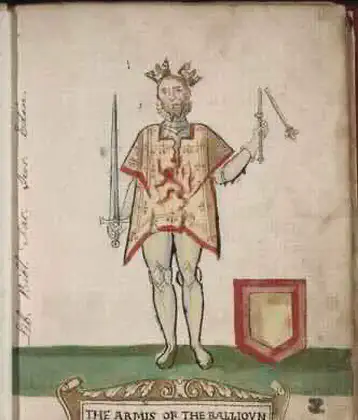On November 17, 1855 in Celtic History
David livingstone reached victoria falls in africa
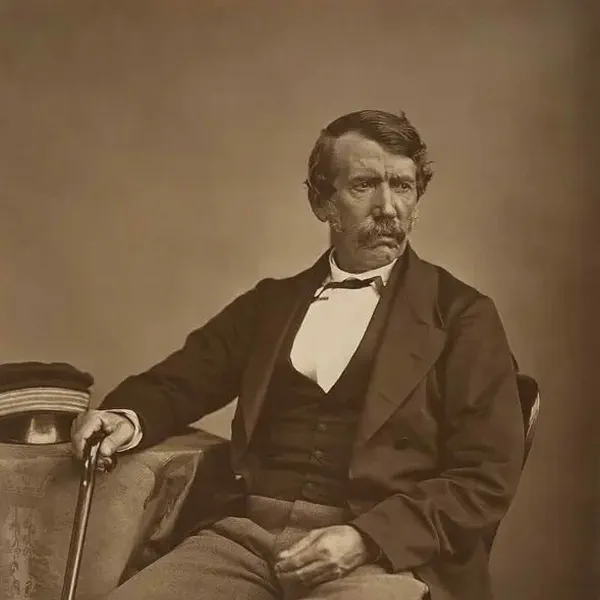
David Livingstone, the Scottish missionary and explorer, reached Victoria Falls in Africa on November 16, 1855. He was born on 19 March 1813 in the mill town of Blantyre, Scotland, in a tenement building for the workers of a cotton factory on the banks of the River Clyde under the bridge crossing into Bothwell
Livingstone was the first European to witness the falls, and he named them in honor of Queen Victoria of the United Kingdom.
Livingstone’s discovery of Victoria Falls was part of his extensive explorations in Africa. He aimed to navigate the Zambezi River and investigate the potential for trade and missionary work. His descriptions and sketches of Victoria Falls brought international attention to this natural wonder.
David Livingstone’s explorations in Africa, along with his efforts to combat the slave trade and promote Christianity and commerce, made him a prominent figure in the 19th-century exploration of the African continent.
David Livingstone FRGS FRS (19 March 1813 – 1 May 1873) was a Scottish physician, Congregationalist, pioneer Christian missionary with the London Missionary Society, and an explorer in Africa. David was the husband of Mary Moffat Livingstone, from the prominent 18th-century missionary family, Moffat.
Livingstone had a mythic status that operated on a number of interconnected levels: Protestant missionary martyr, working-class “rags-to-riches” inspirational story, scientific investigator and explorer, imperial reformer, anti-slavery crusader, and advocate of British commercial and colonial expansion. As a result, Livingstone became one of the most popular British heroes of the late 19th-century Victorian era.
More From This Day


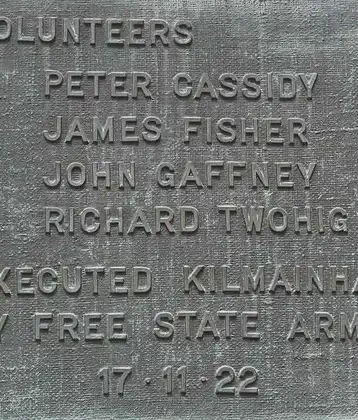
The Irish Free State begins the executions of seventy seven anti Treaty republican prisoners
November 17, 1922
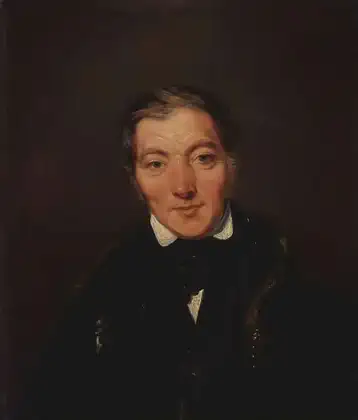
Robert Owen, Welsh-Scottish industrialist and social reformer, founder of New Lanark community, died
November 17, 1858
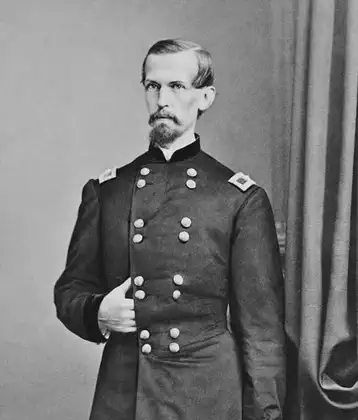
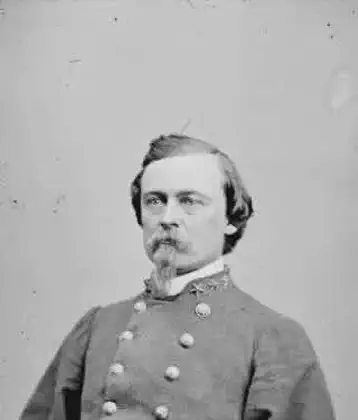
U.S. Confederte General, Joseph Finegan, is born in Clones, Co. Monaghhan
November 17, 1814
